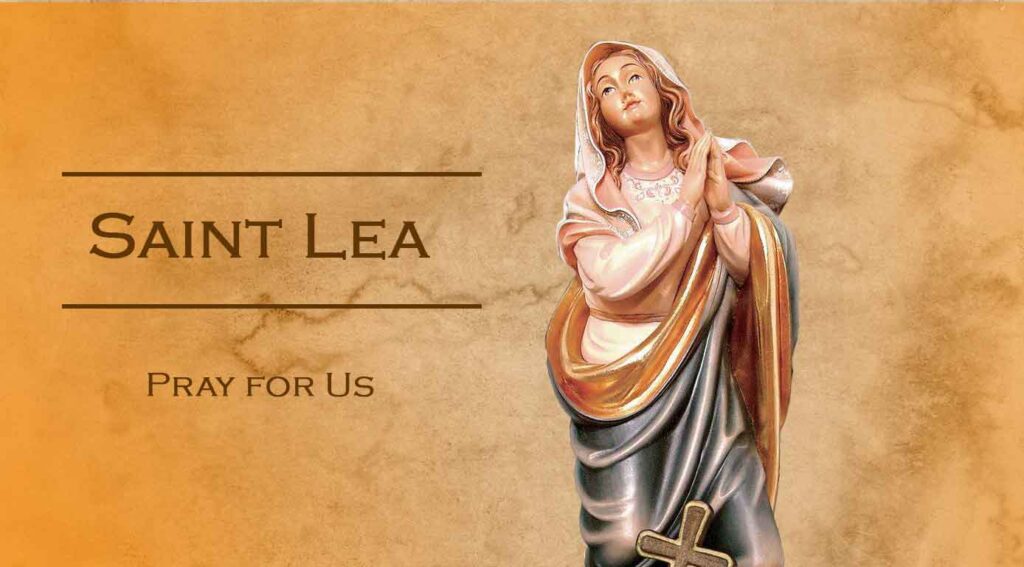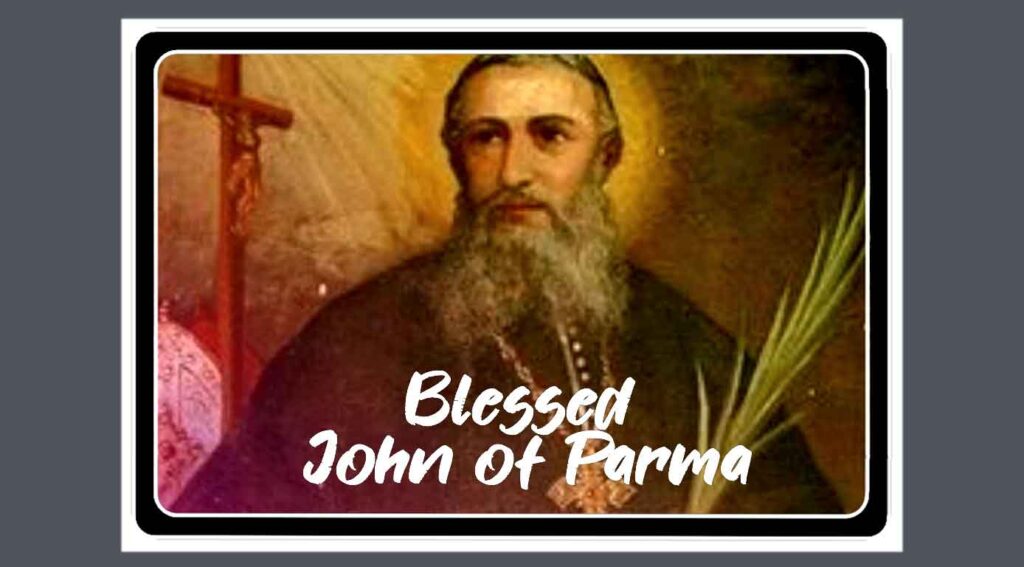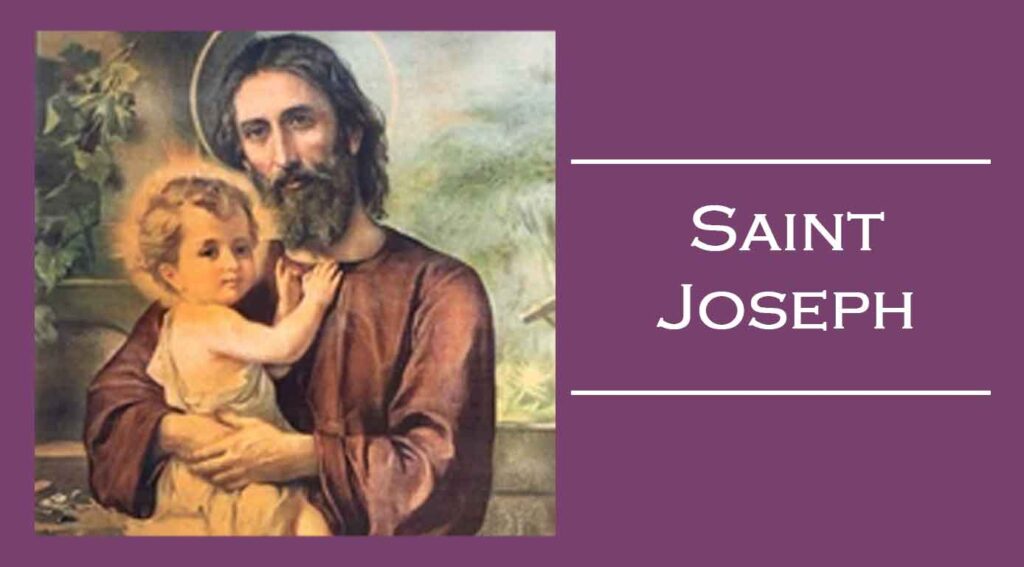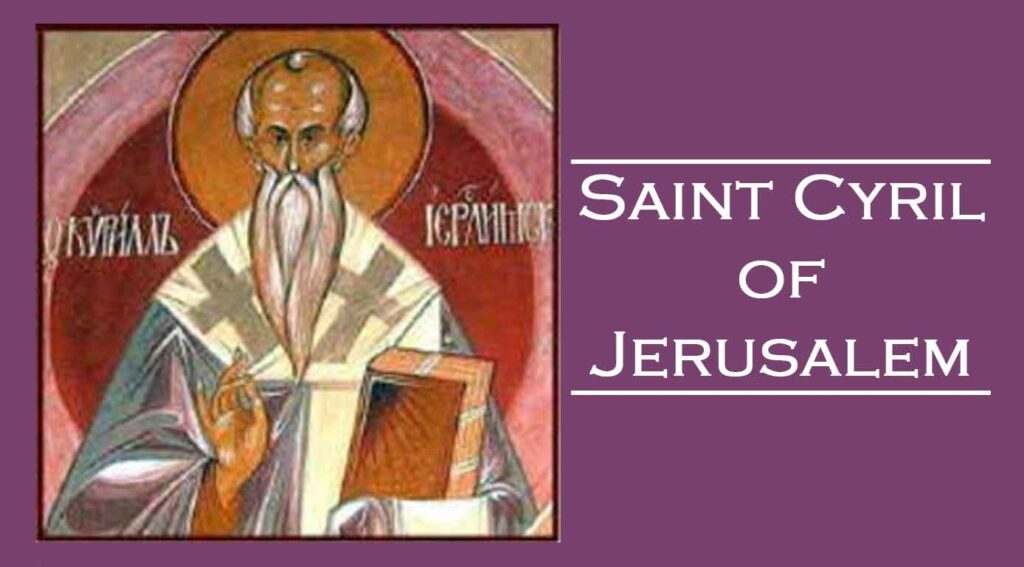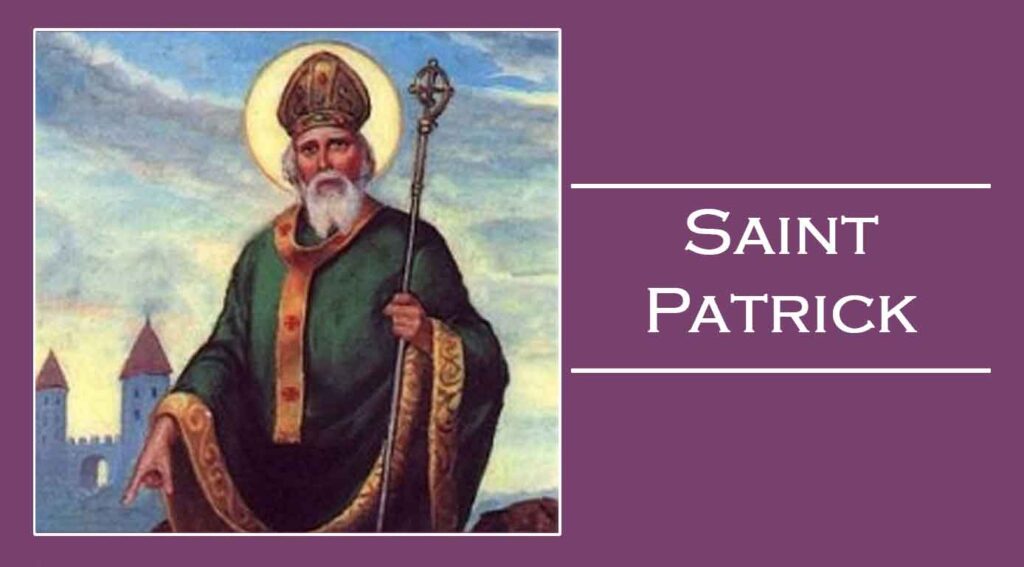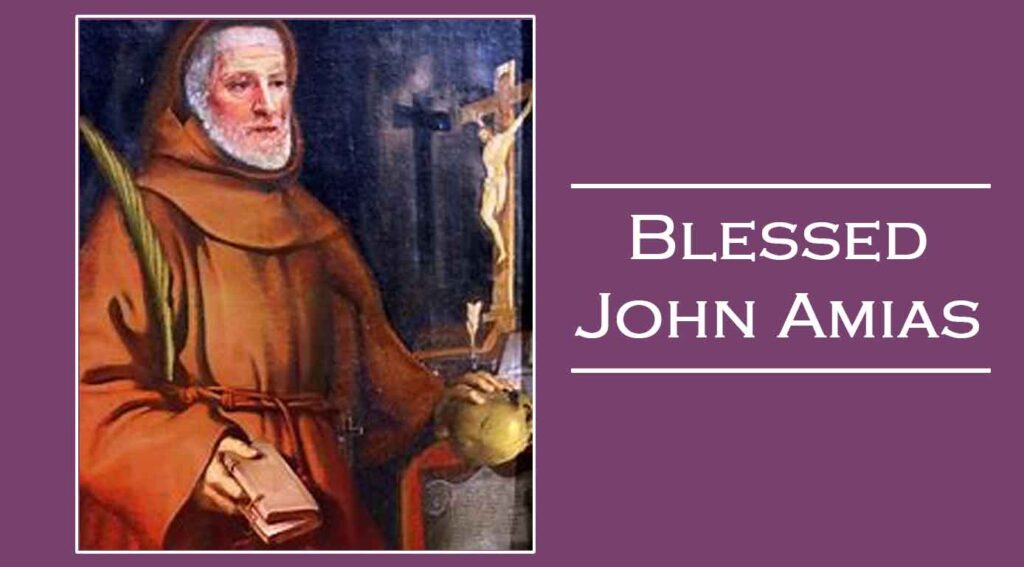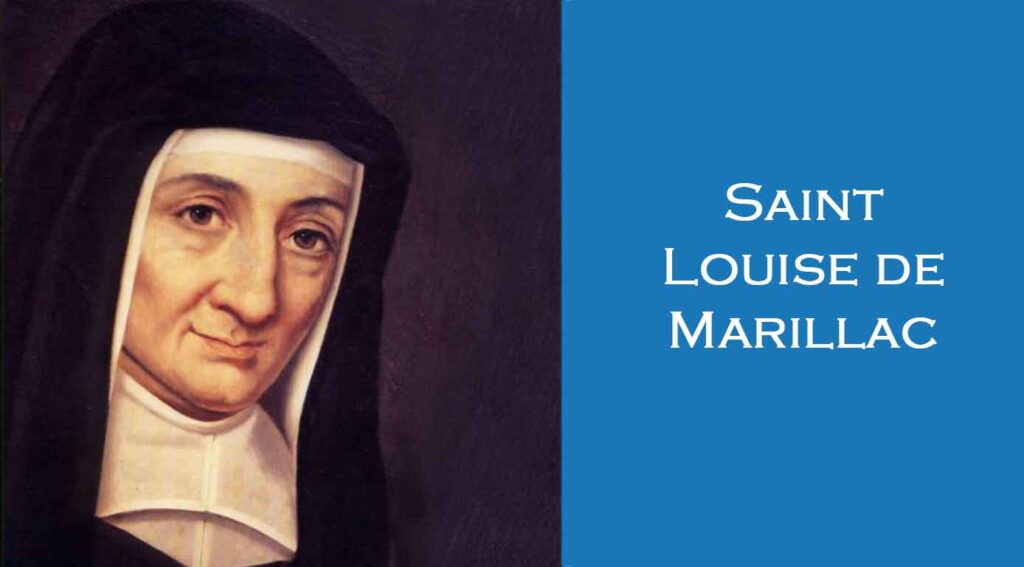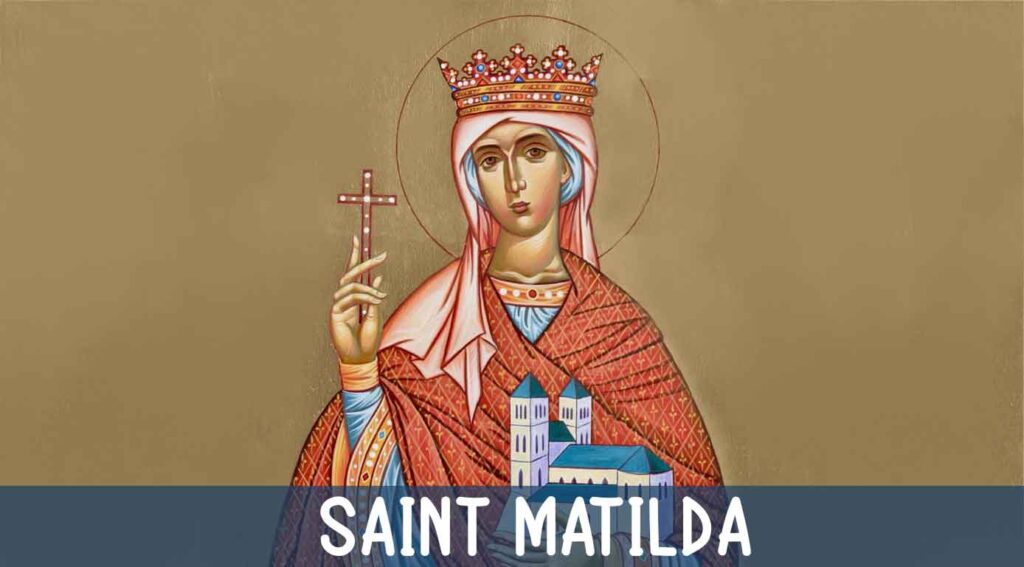Matthew 6:34
Verse:
“Therefore do not worry about tomorrow, for tomorrow will worry about itself. Each day has enough trouble of its own.” - Matthew 6:34
Prayer to the Holy Spirit
Come, Holy Spirit, fill my heart with Your holy gifts.
Let my weakness be penetrated with Your strength this very day that I may fulfill all the duties of my state conscientiously, that I may do what is right and just.
Let my charity be such as to offend no one, and hurt no one's feelings; so generous as to pardon sincerely any wrong done to me.
Assist me, O Holy Spirit, in all my trials of life, enlighten me in my ignorance, advise me in my doubts, strengthen me in my weakness, help me in all my needs, protect me in temptations and console me in afflictions.
Graciously hear me, O Holy Spirit, and pour Your light into my heart, my soul, and my mind. Assist me to live a holy life and to grow in goodness and grace.
Amen.




